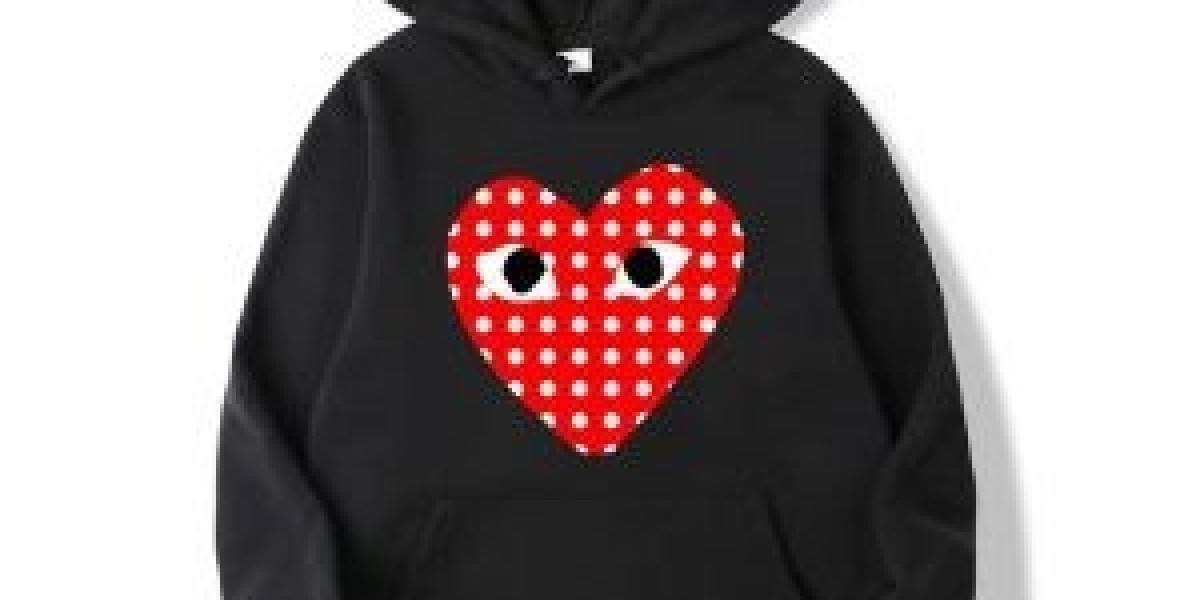In the landscape of global fashion, few names evoke as much intrigue and intellectual depth as Comme des Garçons. Founded by Rei Kawakubo in Tokyo in 1969, the label has continuously defied conventional beauty standards and challenged the very notion of what clothing can represent. Today, as the brand’s influence extends far beyond Paris and Tokyo, Germany has emerged as a surprising yet fitting home for its conceptual philosophy. The intersection of German minimalism, avant-garde art, and social introspection provides fertile ground for Comme des Garçons’ radical vision of fashion as philosophy.
The Meeting of Minds: Japan’s Avant-Garde and Germany’s Intellectual Aesthetic
Germany and Japan have long shared an appreciation for precision, craftsmanship, and a disciplined approach to design. However, what binds them more profoundly is their philosophical engagement with form and function. Just as the Bauhaus movement revolutionized 20th-century art and architecture with its functional minimalism, Rei Kawakubo’s Comme des Garçons brought a similar spirit to fashion—one that values concept over ornamentation, thought over trend.
When Comme des Garçons entered the German market, it was not merely as a commercial venture but as an artistic dialogue. German fashion audiences—known for their appreciation of design integrity and experimental forms—found resonance in Kawakubo’s deconstructed silhouettes and gender-neutral ethos. Berlin, in particular, became a natural environment for the brand, with its thriving art scene and countercultural spirit.
This synthesis of Japanese conceptualism and German intellectualism forms a bridge that redefines what fashion can mean in Europe’s cultural heartland.
Berlin: The Beating Heart of Avant-Garde Expression
Berlin’s creative ecosystem, built on rebellion, experimentation, and reconstruction, mirrors Comme des Garçons’ design DNA. After the fall of the Berlin Wall, the city became a haven for artists and thinkers seeking new forms of identity and expression—values that align perfectly with the brand’s anti-establishment stance.
Boutiques such as Andreas Murkudis and The Store Berlin have become crucial in bringing Comme des Garçons’ collections to discerning local audiences. These spaces don’t simply sell clothes; they curate experiences that engage with art, architecture, and emotion. Kawakubo’s pieces—whether shredded tulle jackets, asymmetrical suits, or layered cotton constructs—exist here not as commodities but as wearable reflections of thought.
In a city that prizes individuality over conformity, Comme des Garçons thrives not as a fashion brand but as a cultural statement. It resonates with Berliners who dress not to impress but to express—the same spirit that fuels the city’s underground art and techno movements.
German Minimalism Meets Kawakubo’s Chaos
At first glance, German fashion aesthetics—defined by clean lines, utilitarian shapes, and practical design—might appear at odds with Comme des Garçons’ dramatic abstraction. Yet beneath the surface lies a shared belief in the power of structure and idea. Kawakubo’s creative chaos, often expressed through torn fabrics, unfinished hems, or exaggerated silhouettes, carries the same intellectual rigor found in German industrial and architectural design.
This paradoxical harmony between order and disorder echoes in contemporary German designers who cite Comme des Garçons as an influence. Brands like Ann Demeulemeester, Jil Sander, and Bernhard Willhelm have absorbed elements of Kawakubo’s rebellion—fusing clarity with emotion, simplicity with defiance.
Thus, Germany’s minimalist ethos does not dilute Comme des Garçons’ energy; it amplifies it. The brand becomes a mirror to the nation’s evolving creative consciousness, where precision meets provocation.
Comme des Garçons and the German Consumer: Beyond Fashion, Toward Identity
The German fashion consumer is often characterized as pragmatic and understated, favoring authenticity over excess. Comme des Garçons appeals to this sensibility precisely because it rejects superficiality. Its garments invite interpretation—they are objects of thought as much as of beauty.
In Germany, wearing Comme des Garçons is less about prestige and more about participation in an intellectual dialogue. Each piece challenges the wearer to reconsider their relationship with their body, identity, and the expectations of society. In a culture increasingly aware of sustainability and individuality, this conceptual depth strikes a powerful chord.
Comme des Garçons’ diffusion lines, such as Play and CDG Shirt, have also found a devoted following among younger Germans, bridging avant-garde philosophy with everyday wearability. The famous heart-with-eyes logo, though playful, carries the subversive irony characteristic of Kawakubo’s universe—inviting both curiosity and critique.
Exhibitions and Collaborations: A Dialogue of Art and Fashion
Germany’s art institutions have long been fertile ground for Comme des Garçons’ conceptual narrative. Exhibitions at venues like Martin-Gropius-Bau and Kunsthalle Düsseldorf have explored the intersections of art, fashion, and performance—territories that Comme des Garçons has mastered for decades.
Collaborations with German artists and photographers have further enriched the brand’s presence. The brand’s aesthetic synergy with the works of Wolfgang Tillmans and Isa Genzken—both known for their explorations of form, abstraction, and identity—highlights a shared language of visual deconstruction.
These exchanges between art and fashion deepen the brand’s relationship with Germany, not merely as a marketplace but as a creative ecosystem where its philosophical underpinnings are both understood and expanded.
The Future: Germany as a Laboratory for Conceptual Fashion
As fashion becomes increasingly globalized and commercial, Comme des Garçons’ steadfast resistance to conformity feels more urgent than ever. In this context, Germany represents a sanctuary for the brand’s ideals. Its cultural landscape values thought-driven design, ethical production, and artistic experimentation—all principles that align with Kawakubo’s lifelong pursuit of “creating something that didn’t exist before.”
The next phase of Comme des Garçons in Germany may not be defined by runway shows or flagship stores, but by community and conversation. Pop-up installations, art collaborations, and academic partnerships are likely to form the foundation of its continued influence.
In a world obsessed with speed and surface, Germany offers Comme des Garçons the gift of reflection—a space where fashion can once again become philosophy.
Conclusion: A New Home for Radical Thought
“Comme des Garçons in Germany” is not merely a geographical expansion—it is a meeting of minds. It represents the fusion of two traditions that prioritize substance over spectacle, reflection over reaction. Both Kawakubo’s vision and Germany’s cultural ethos insist that beauty lies not in perfection but in provocation.












